Siberian Cat vs Norwegian Forest Cat: Key Similarities and Differences
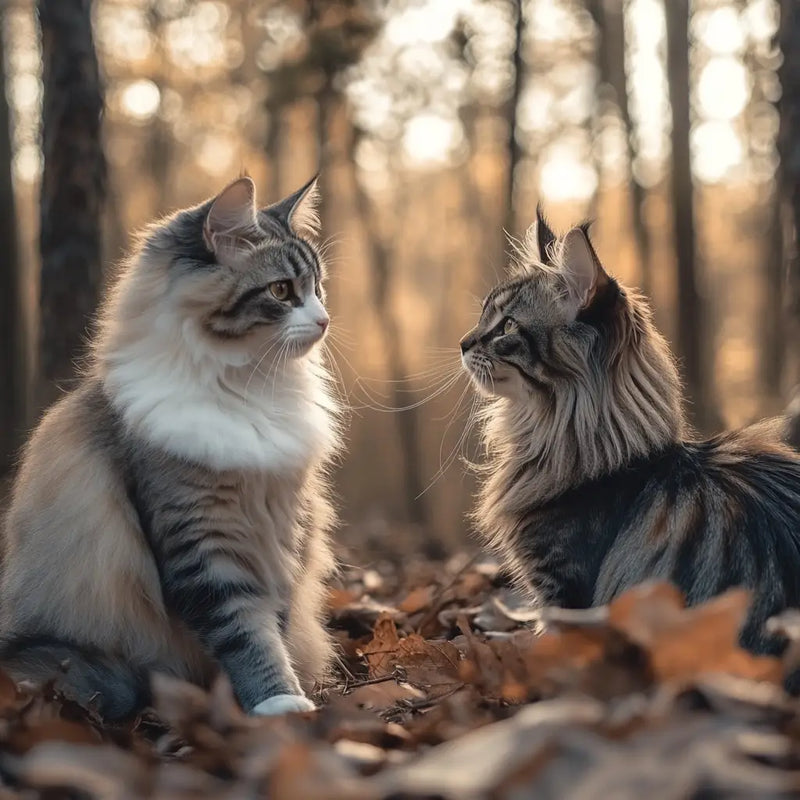
Two majestic felines grace the doorway – one with a rounded, gentle face and muscular build, the other with striking angular features and a flowing coat. At first glance, you might think they're the same breed, but these are two distinct cats with fascinating histories and unique characteristics. The Siberian cat vs Norwegian Forest cat comparison reveals subtle yet important differences that can help you choose the perfect companion for your home.
Both breeds command attention with their impressive size and luxurious coats, making them popular choices for those seeking a stunning feline companion. While they share some similarities due to their cold-climate origins, each breed brings its own special charm and characteristics to the family dynamic.
This comprehensive guide will explore the key differences and similarities between these magnificent breeds, helping you understand their unique traits, care requirements, and which might be the better fit for your lifestyle.
Norwegian Forest Cat vs Siberian: Origins and Heritage
The Siberian Story
Deep in the frigid forests of Russia, the Siberian cat developed its distinctive traits over centuries of natural evolution. These cats served as both cherished companions and skilled hunters in their homeland, developing a robust constitution and adaptable nature that helped them thrive in extreme conditions. Their status as Russia's national treasure reflects not just their physical beauty but their integral role in Russian culture and daily life.
The Siberian's development wasn't guided by human breeding programs until relatively recently. Instead, natural selection shaped these cats into the hardy, adaptable creatures we know today. Their triple coat and muscular build evolved as direct responses to the challenges of surviving harsh Siberian winters.
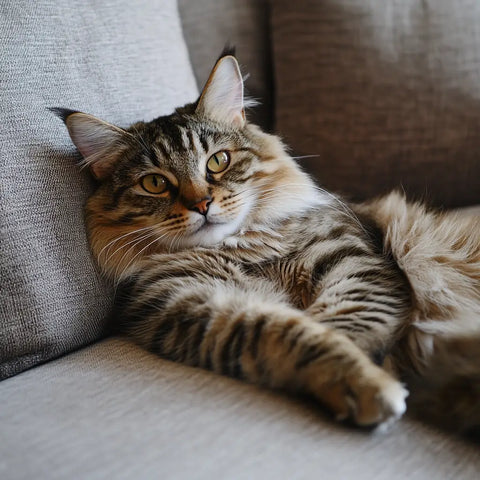
The Norse Legend
The Norwegian Forest cat's story intertwines with Viking history and Norse mythology. These cats sailed with Vikings as ship's cats, controlling rodent populations and providing companionship during long sea voyages. Their reputation for climbing prowess and weather-resistant coats made them invaluable companions on both land and sea.
Unlike the Siberian cat, the Norwegian Forest cat's development included periods of deliberate breeding, particularly during the 20th century when efforts to preserve the breed became organized. This intervention helped maintain the breed's distinctive features while ensuring its survival through modernization.
Physical Characteristics
Siberian Cat Features
The Siberian presents a picture of strength and agility wrapped in a luxurious triple coat. Their medium-to-large build showcases:
-
A muscular, compact body structure
-
Rounded contours, especially in the face and head
-
Moderately large ears with distinctive tufts
-
A dense, water-resistant triple coat that feels remarkably soft
Their eyes, which can come in various colors, are round and expressive, giving them an alert, intelligent appearance. The overall impression is one of power tempered by grace.
Norwegian Forest Cat Attributes
In contrast, the Norwegian Forest cat displays a more dramatic silhouette characterized by:
-
A larger, more angular frame
-
A distinctive triangular head shape
-
Almond-shaped eyes set at an oblique angle
-
A double-layered coat with a flowing, majestic quality
The Norwegian's most striking feature might be its impressive tail, which can be as long as its body and carries thick, flowing fur that adds to its regal appearance.
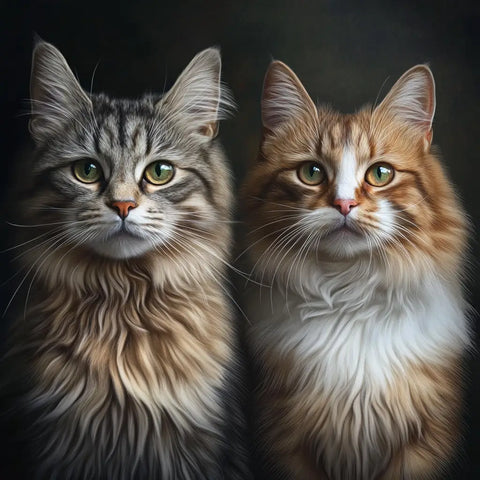
Personality and Temperament
The Siberian Spirit
When considering the difference between Siberian and Norwegian Forest cats, personality often plays a crucial role in the decision. Siberians are known for their:
Social Nature
These cats form strong bonds with their families and often show dog-like loyalty. They'll follow their humans from room to room, always wanting to be part of the action. This social behavior extends to visitors, making them excellent pets for households that frequently entertain.
Playful Energy
Siberians maintain a kitten-like playfulness well into adulthood. They excel at interactive play and often enjoy water, a unique trait among domestic cats. Their intelligence makes them quick learners, and they can often be taught tricks or games.
The Norwegian Temperament
The Norwegian Forest cat presents a more measured personality:
Independent Yet Loving
While these cats form strong bonds with their families, they maintain a sense of independence that's more typically feline. They're content to observe activities from a comfortable perch, joining in when they choose.
Gentle Giants
Despite their impressive size, Norwegian Forest cats are known for their gentle, patient nature. They typically handle children and other pets well, though they may be more reserved with strangers than their Siberian counterparts.
Care and Maintenance
Grooming Requirements
The siberian cat vs norwegian forest cat comparison reveals interesting differences in grooming needs:
Siberian Grooming
Their triple coat requires regular attention but may actually shed less than you'd expect. Weekly brushing usually suffices, with more frequent grooming during seasonal changes. Their coat naturally resists matting, making maintenance relatively straightforward.
Norwegian Forest Cat Grooming
These cats need more consistent grooming attention. Their longer, flowing coat can tangle easily, requiring careful attention to prevent mats. Regular combing helps maintain the coat's impressive appearance and prevents uncomfortable knots from forming.
Health Considerations
Both breeds are generally healthy, but certain considerations exist:
Siberian Health Profile
-
Generally robust constitution
-
Some risk of hypertrophic cardiomyopathy
-
May carry genes for color-point-related health issues
Norwegian Forest Cat Health Watch
-
Susceptible to glycogen storage disease
-
Potential for hip dysplasia
-
Regular screening is recommended for hereditary issues
Living with Your Cat
Space and Environment
Whether you choose a Siberian or Norwegian Forest cat, certain environmental considerations remain constant:
Climate Adaptation
Both breeds handle cold weather well but need help staying comfortable in warmer climates. Air conditioning during summer months is essential, and both appreciate cool surfaces to rest on.
Vertical Space
These natural climbers thrive in homes with cat trees, wall-mounted perches, and high observation points. The more vertical space available, the happier they'll be.
Exercise and Enrichment
The Siberian Approach
These active cats need regular play sessions and interactive toys. Their high energy levels make them ideal companions for active families or homes with other pets. Creating opportunities for climbing and exploration helps channel their natural curiosity.
The Norwegian Way
While also active, Norwegian Forest cats tend to pace themselves more. They enjoy climbing and exploring but also appreciate quiet time. Providing a mix of active play opportunities and peaceful retreats suits their balanced nature.
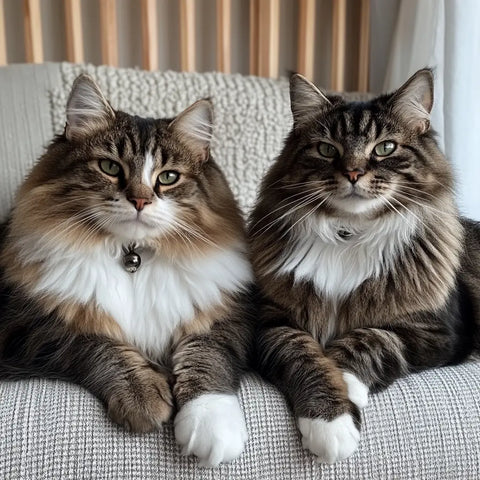
Making Your Choice
Lifestyle Compatibility
When deciding between a siberian vs norwegian cat, consider your lifestyle:
Choose a Siberian if you:
-
Want a highly interactive, social cat
-
Have an active household
-
Enjoy teaching tricks and games
-
Can provide regular play sessions
Choose a Norwegian Forest Cat if you:
-
Prefer a more independent companion
-
Appreciate quiet dignity in your pets
-
Have time for regular grooming
-
Want a gentle giant with a serene presence
Creating a Happy Home
Whichever breed you choose, success depends on understanding and meeting their needs:
Environmental Setup
Create a cat-friendly space with climbing opportunities, comfortable resting spots, and appropriate scratching surfaces. Both breeds appreciate having access to windows for bird watching and sunny spots for napping.
Social Integration
Take time to properly introduce your new cat to existing pets and family members. Both breeds can integrate well into multi-pet households when introductions are handled properly.
Siberian Cat vs Norwegian Forest Cat: Understanding Their Uniqueness
Both the Siberian and Norwegian Forest cat represent remarkable achievements in natural feline evolution. Their similarities stem from parallel development in cold climates, while their differences reflect unique cultural and environmental influences.
A Siberian cat brings enthusiasm and constant companionship, turning your home into an active, engaging environment. A Norwegian Forest cat offers a more measured presence, combining affection with dignified independence.
The choice between these breeds ultimately depends on matching their characteristics with your lifestyle and preferences. Both can make wonderful companions, bringing their own special blend of beauty, personality, and charm to enrich your life.
Remember that individual cats within each breed may display varying personalities and traits. Spending time with both breeds, when possible, and discussing your lifestyle with reputable breeders can help ensure you make the best choice for your family.


























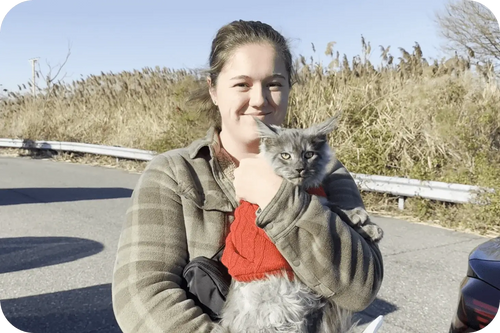
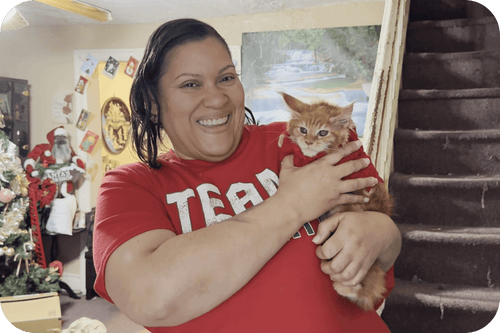
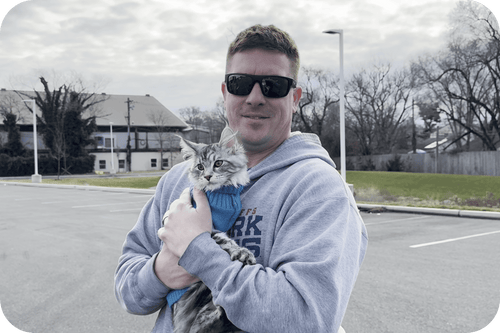








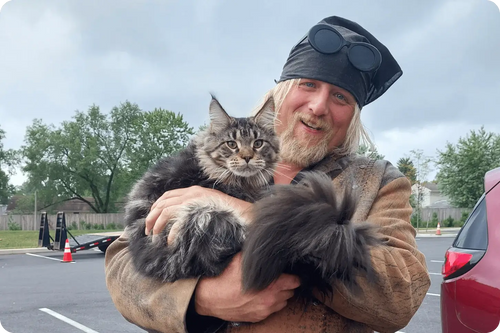


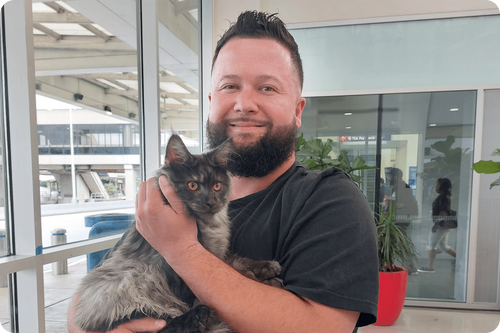










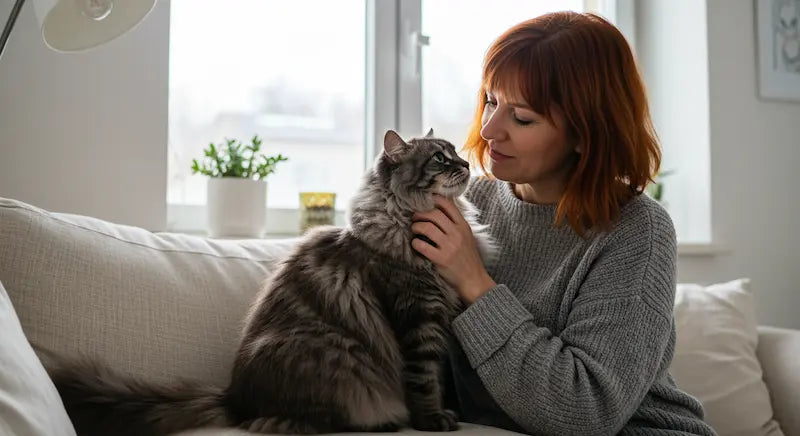
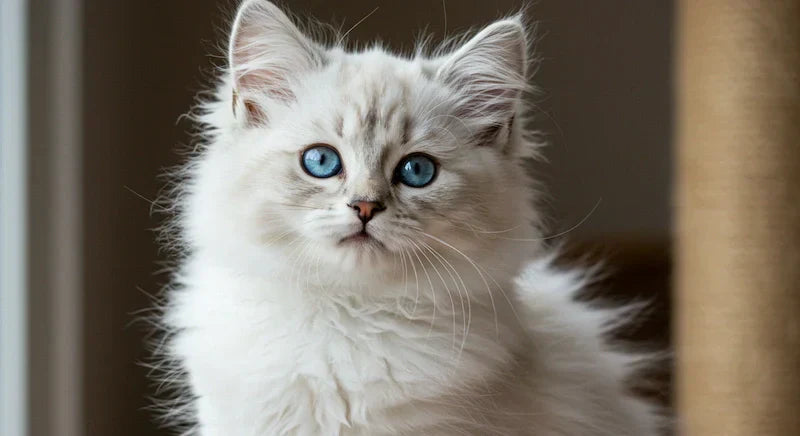
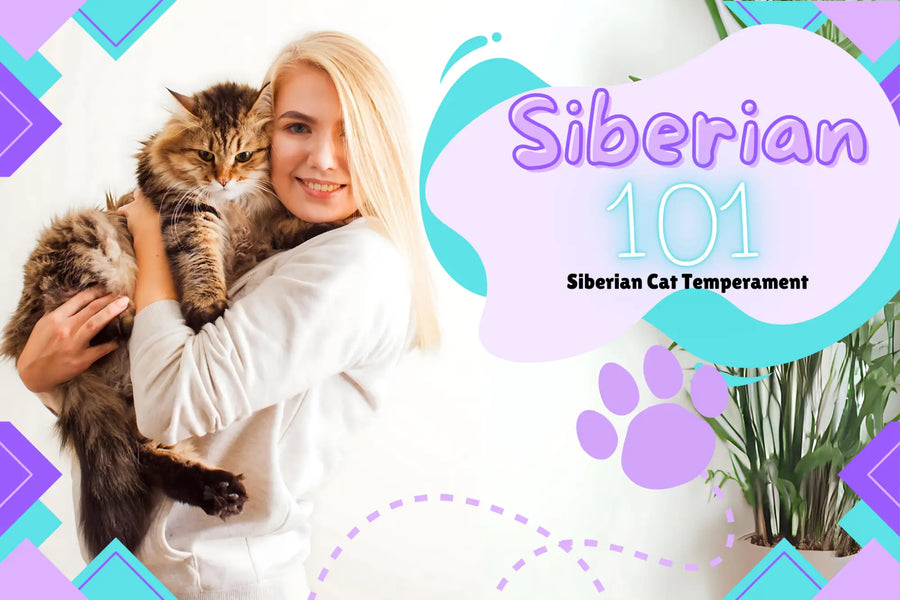
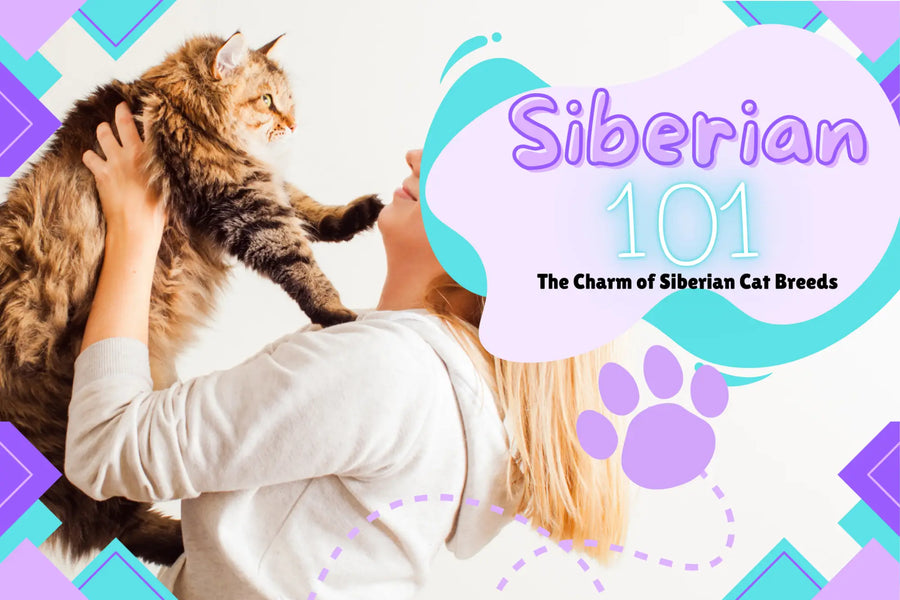




Comments(0)